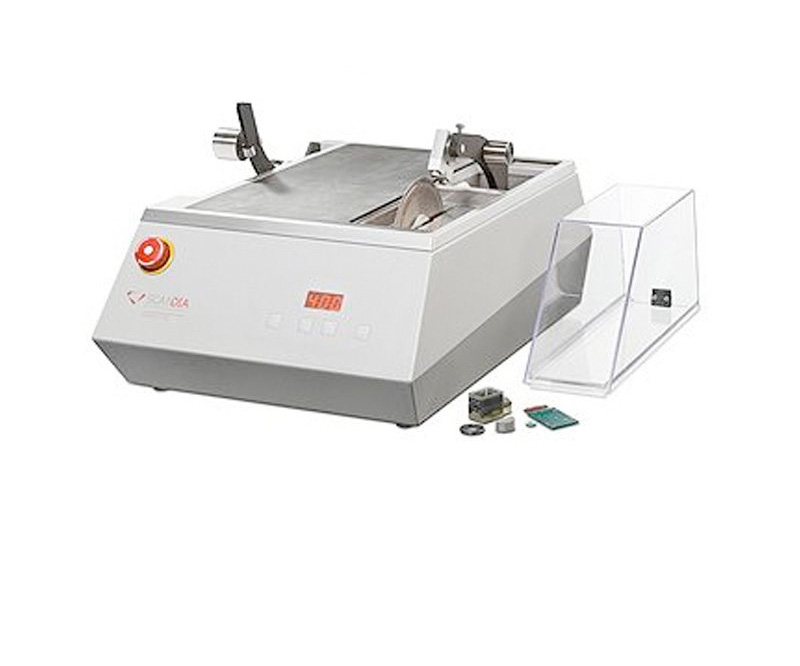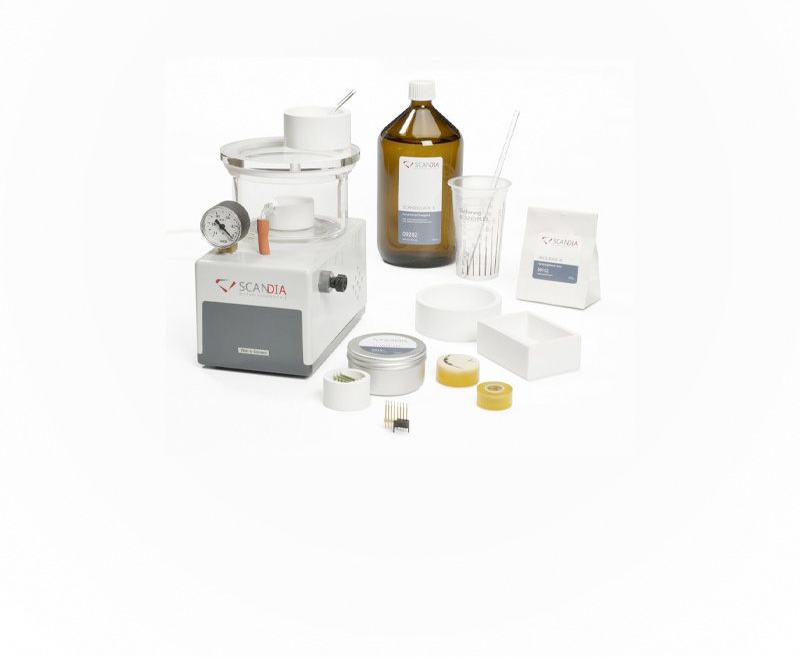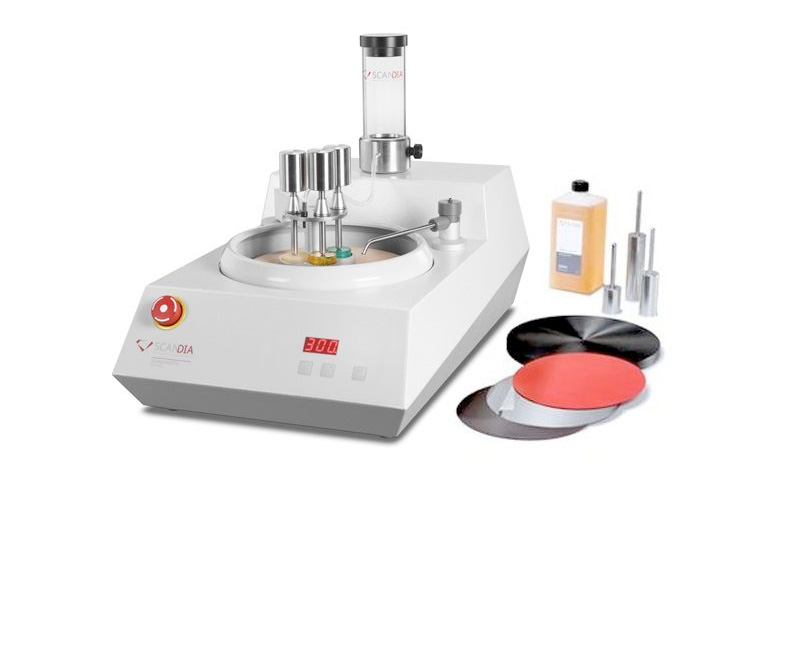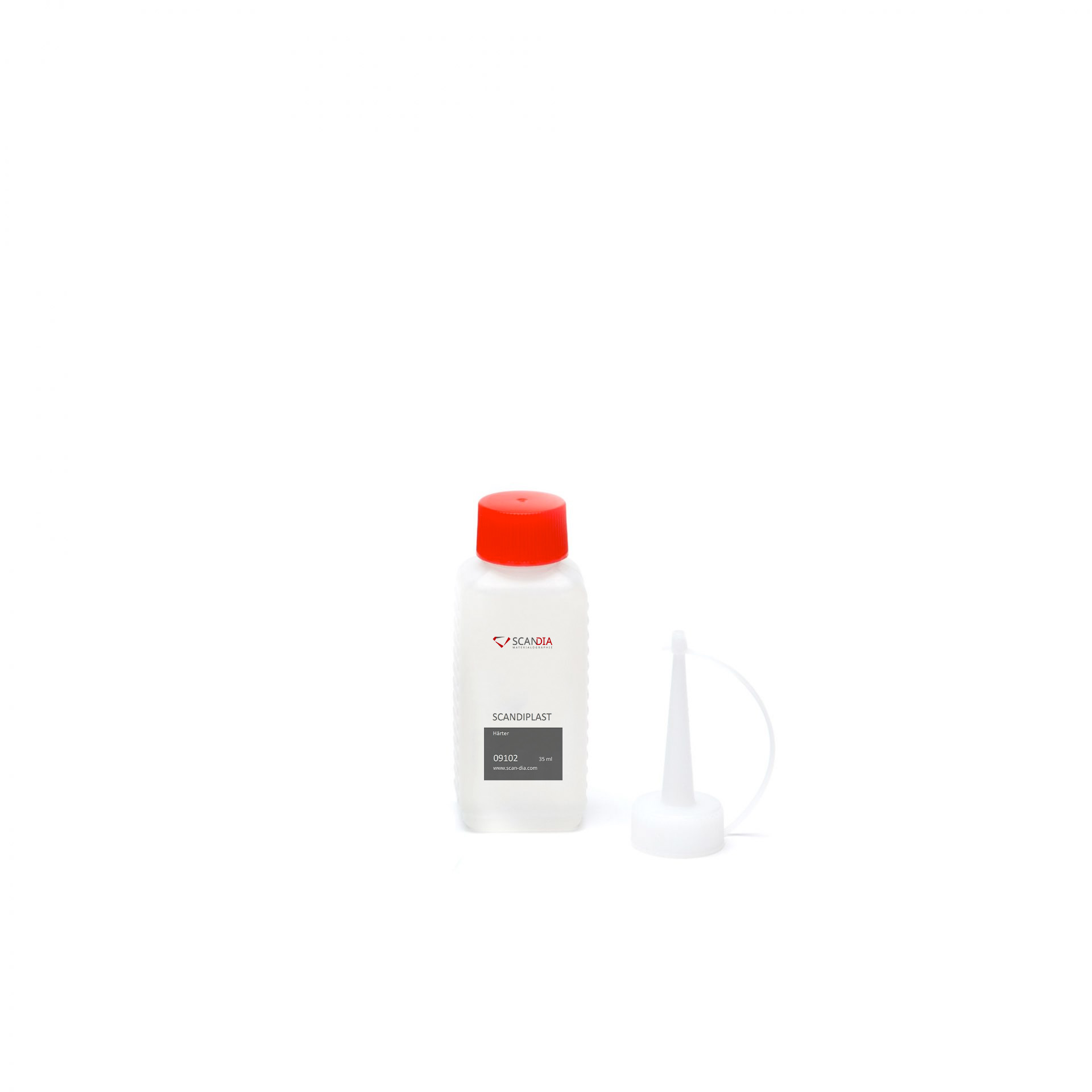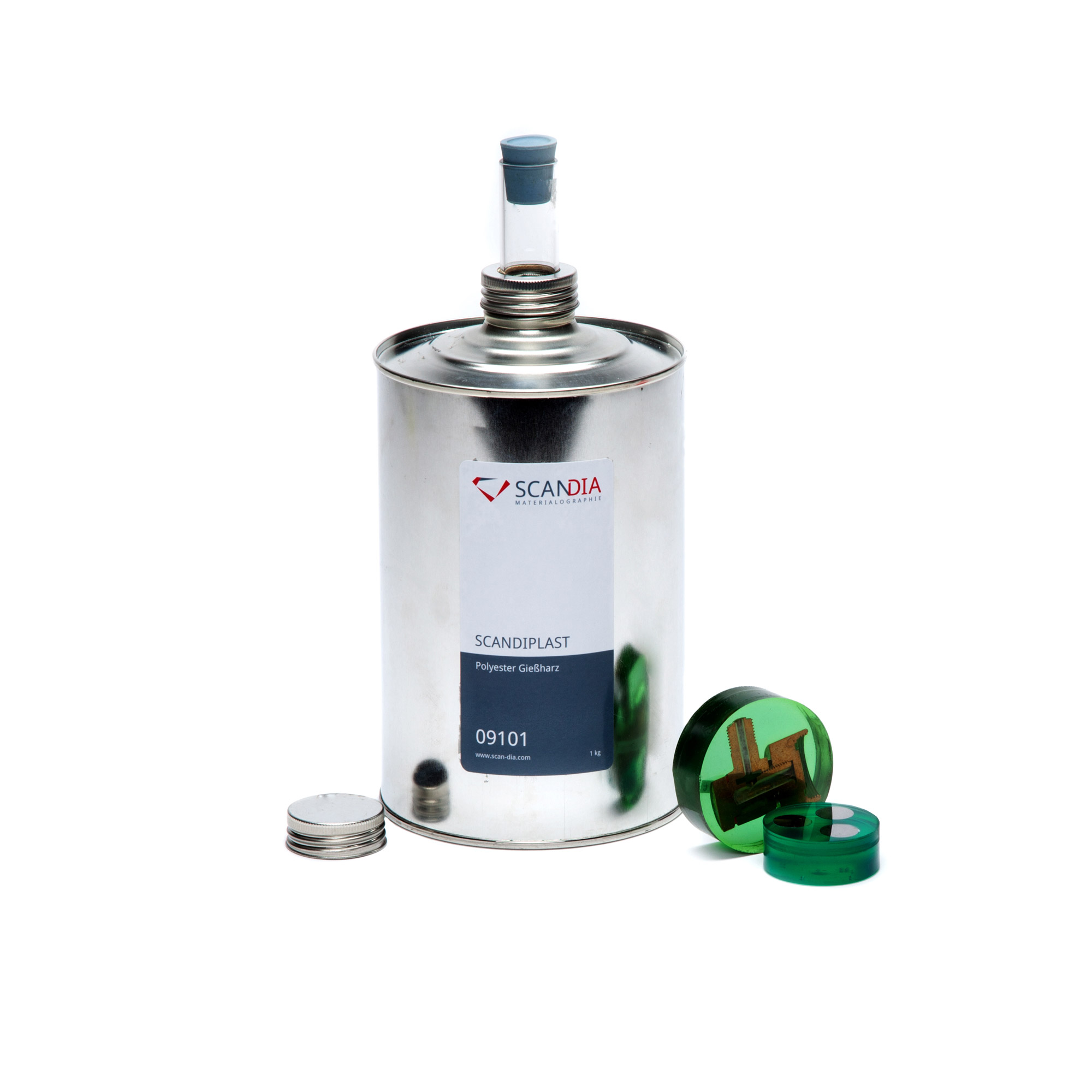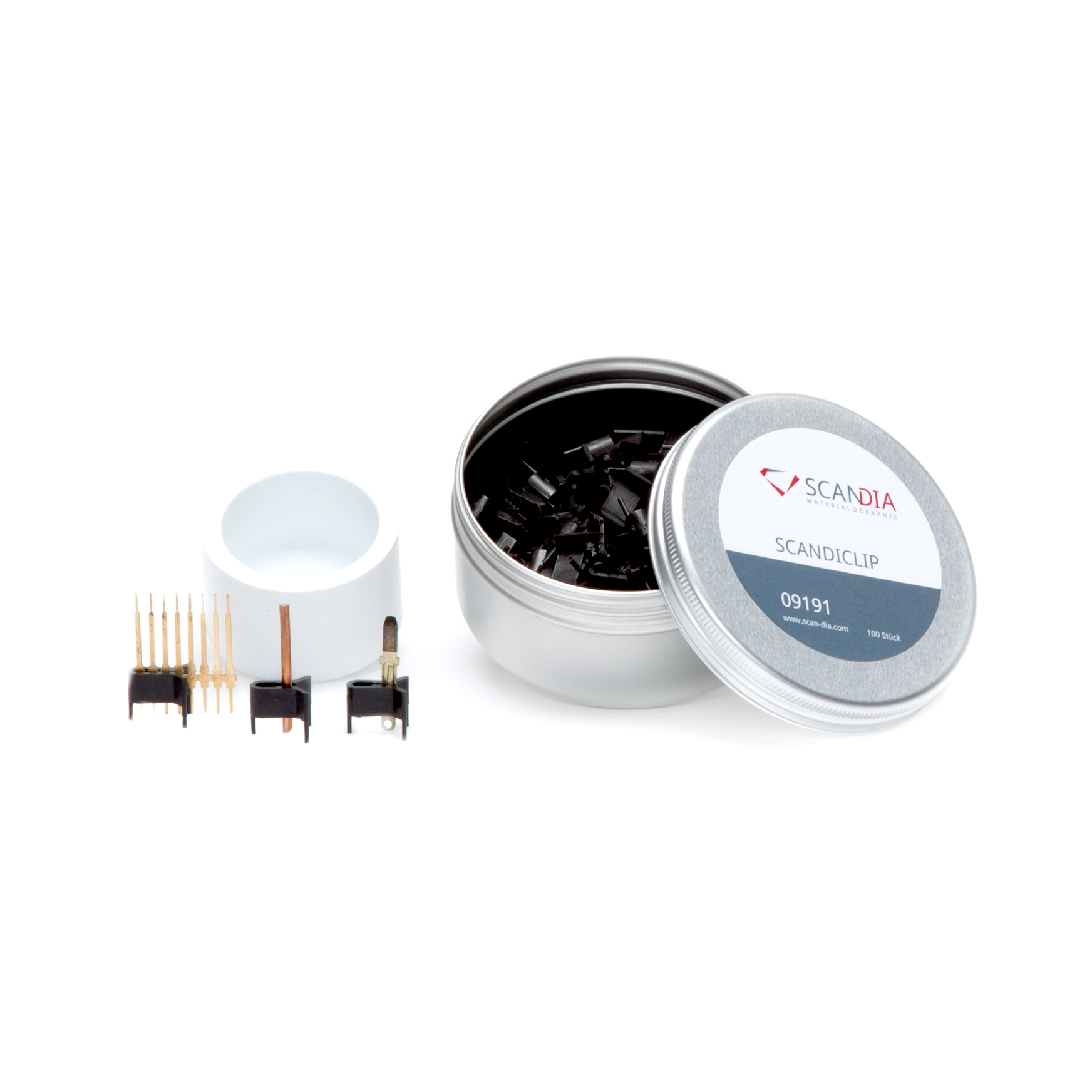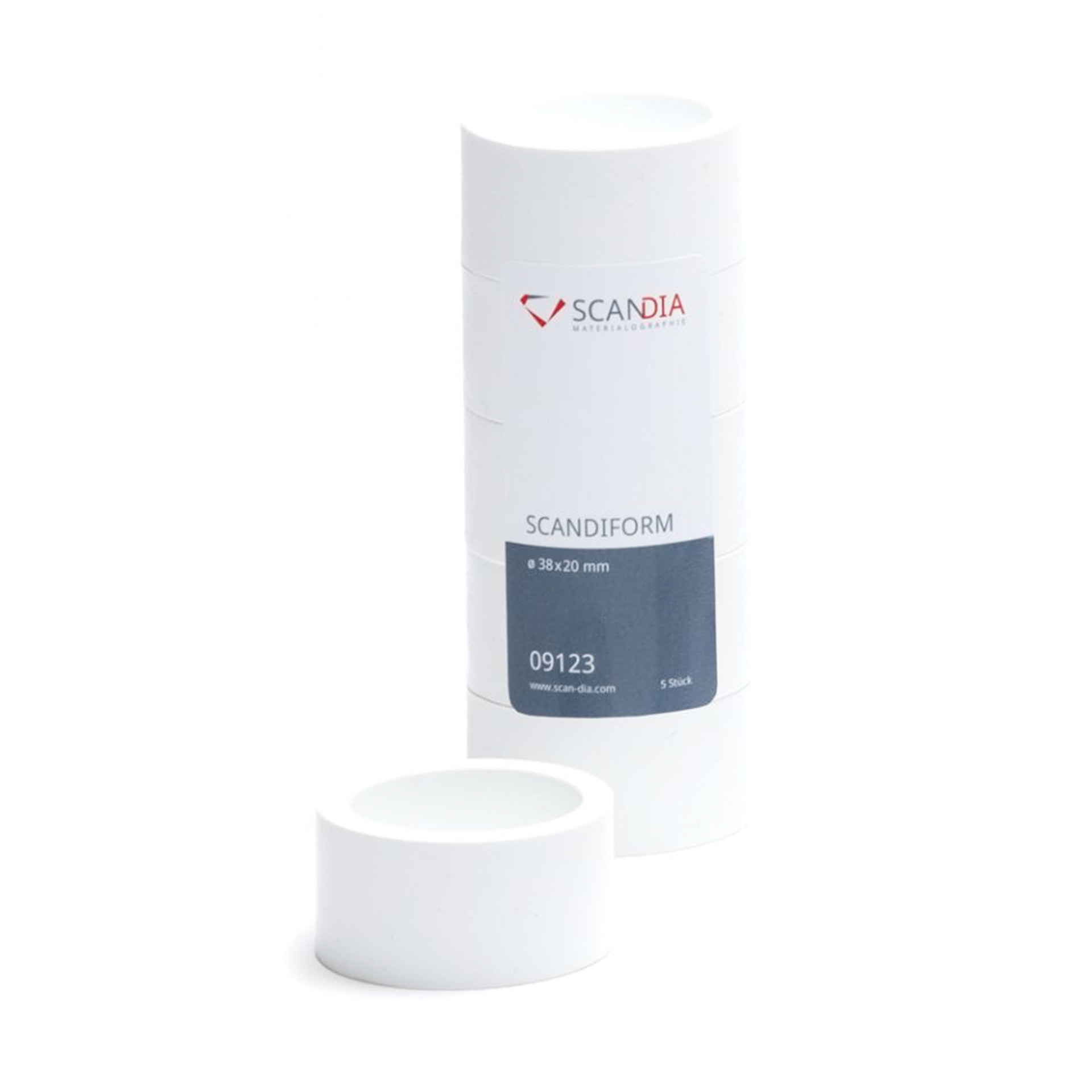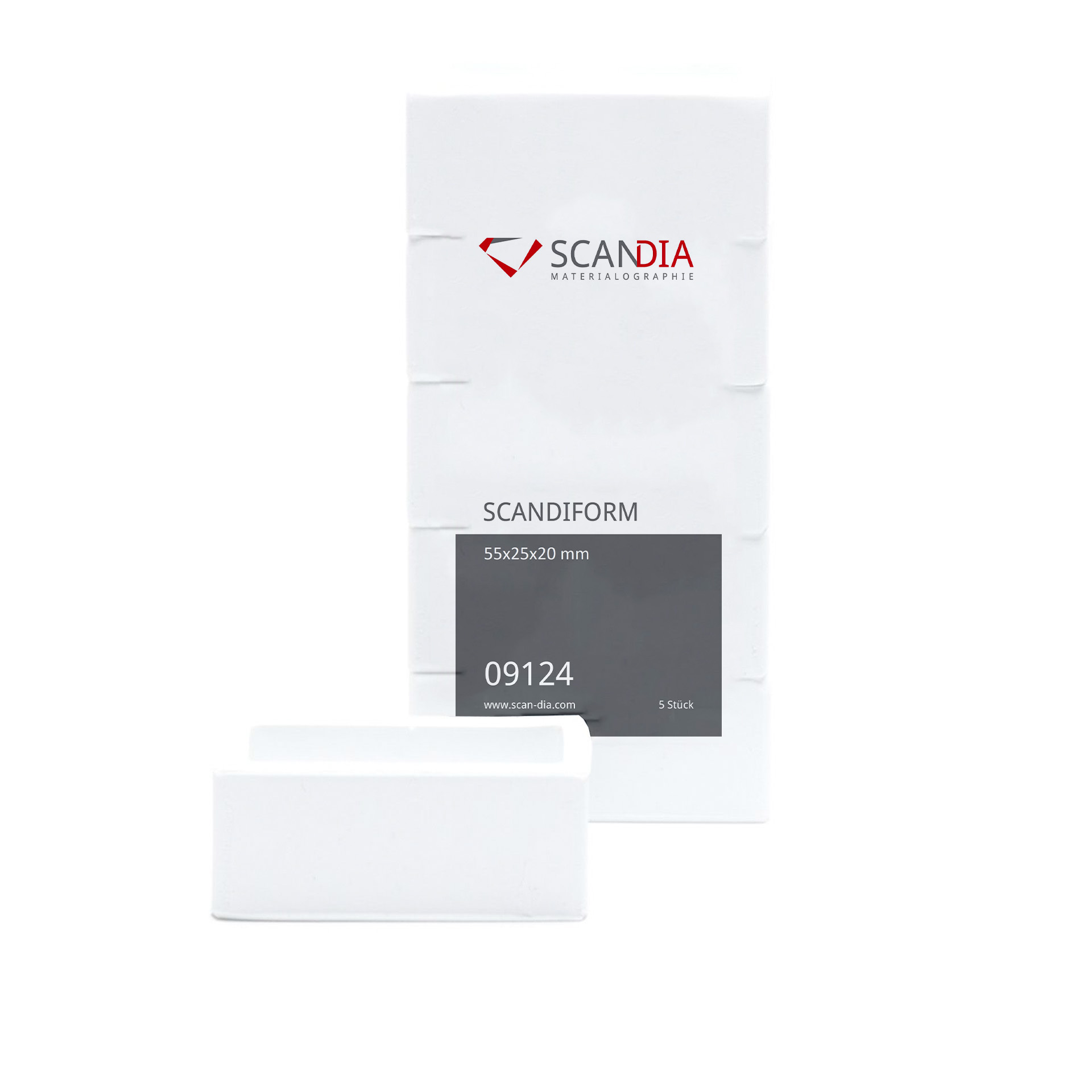| Hardening time: | 30 - 60 minutes |
|---|
Prices are hidden for your customer group
Available, delivery time: 1-3 days
SCANDIPLAST Hardener: For Enhanced Precision and Efficiency in Metallography
Metallography, a scientific discipline focused on the detailed examination of material structures, relies significantly on SCANDIPLAST Hardener, a cold-curing polyester mounting resin, in daily materialographic work. This product offers a variety of features and benefits, improving sample preparation in metallography and facilitating the work conditions for materialographers. A notable feature of SCANDIPLAST Hardener is its variable curing time, ranging between 30 and 60 minutes. This flexibility allows researchers to tailor sample preparation to the specific requirements of their projects without compromising result quality. Another advantage of this embedding material lies in its connection to the sample, ensuring a stable and reliable preparation. This contributes to the accuracy of microscopic analyses by minimizing shifts and deformations. A reliable sample connection is crucial, ensuring that the sample remains in its original form during analysis. Furthermore, SCANDIPLAST Hardener minimizes the formation of air bubbles during the embedding process, leading to clearer and more accurately interpretable results. In metallography, where air bubbles can affect the quality of microscopic images, minimizing this disruptive influence allows for more precise analysis and interpretation of material structures. Ultimately, SCANDIPLAST Hardener enhances working conditions in metallography by making sample preparation more efficient and increasing result accuracy. Precision and care are essential in this discipline, and this product contributes to meeting these requirements. In summary, SCANDIPLAST Hardener not only improves sample preparation but also redefines standards for accuracy and efficiency in metallography. With its variability in curing time, reliable sample connection, and bubble minimization, SCANDIPLAST Hardener has the potential to elevate the quality and efficiency of metallography to new heights, further enhancing results in this discipline.

